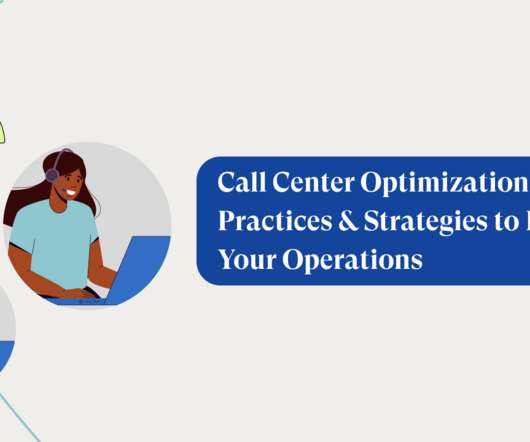Optimize Your Call Center Layout with These 5 Tips
Fonolo
OCTOBER 12, 2021
Traditional call center environments are often busy, fast-paced environments, but it doesn’t need to be that way. Conversations around call center optimization often focus on technology, training, and metrics, but call center workforce optimization also includes the physical elements of your operation.





















Let's personalize your content